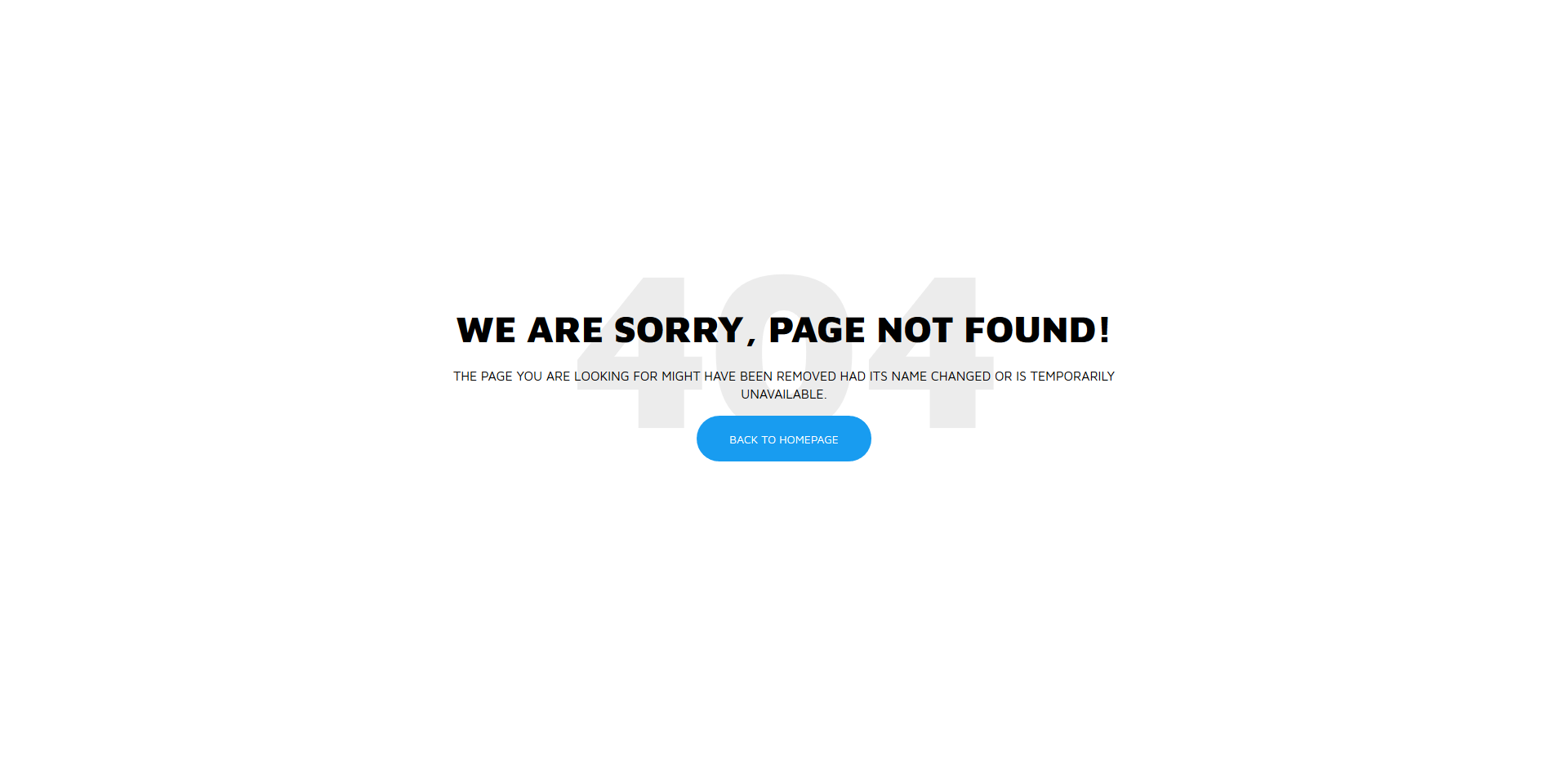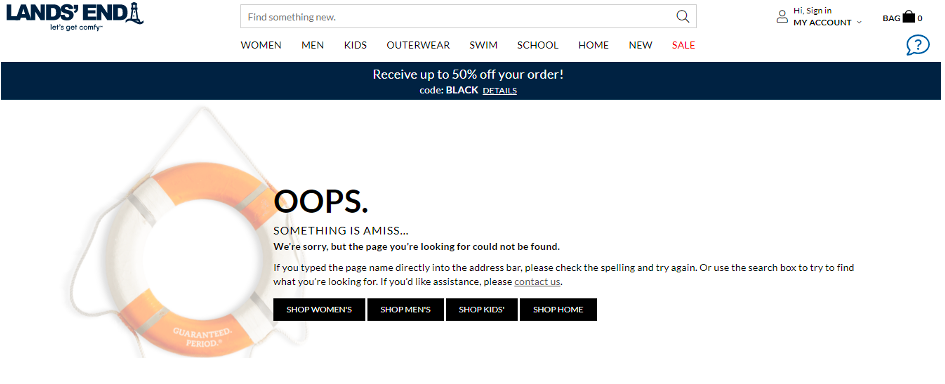

In this way, a menu can mean the difference between visitors continuing to engage with your content, or navigating away from your website. If you’re lucky, this might even include the content they were originally trying to access. This is a great start, but not everyone wants to visit your site’s central hub.īy including a prominent navigation menu, you can give visitors the flexibility to jump directly to different parts of your website. Many 404 designs feature a return to homepage link. Now you’re ready to create a truly eye-catching 404 page. Drag any module into your layout and drop it in the target location. The 404 page also uses a conversational tone in the copy with a text box to further drive the idea of connecting with the user. Simple gestures to direct the user to go find what theyre looking for makes this error page highly effective. Tip: To add a module to your layout in the Beaver Builder editor, click the + icon in the upper right corner to open the Content panel and make sure the Module tab is selected. The 404 page for IMPACT Branding and Design makes great use of a background video.

Let’s take a look at five of our favorites. But Beaver Builder has a lot more modules that can help take your design to the next level.
#404 sample page how to
How to Create a More Engaging 404 Page (5 Essential Beaver Builder Modules)Īt this point, you have a basic custom 404 page. You can test your new page on the front end by deliberately entering a URL that doesn’t exist. To make this page live, click Done > Publish. There are many additional ways to customize this default page, but this is all you need to create a functioning design. You can also change the row and module colors by opening the settings and clicking the Style tab. You can now add your homepage or any other URL and specify whether this link should open in a new tab. Its design and content will vary depending on your WordPress theme: If you don’t add a custom page to your website, then the server will display a stock 404 page instead. Essentially, this is the internet’s way of letting you know that the path you’re trying to follow leads to nowhere. Let’s get started! What Is a 404 Page (And Why You Might Want to Create a Custom One)Ī 404 page indicates that you’ve reached the requested domain, but the URL path provided no information. We’ll then cover five must-have elements that can make your 404 page a more pleasant place to be. In this post, we’ll discuss why you might want to replace WordPress’s stock page with your own design. By creating a more engaging 404 page, you can ensure that a simple error doesn’t undermine everything that’s great about your website. The frustration of not finding the page you’re looking for can be diffused by a custom error page – and maybe even turned into a positive experience.

The 404.html template will handle all of them.There are many reasons why people encounter your 404 page, including errors such as typos and misspelled URLs. Now you can go to any page that does not exist on your website. I am keeping it simple: 404 Page Not Found My Custom 404 Page Not Found!īefore refreshing the page, be sure that your project structure should be like this.

In 404.html you are now able to customize the error message page as you desire.
#404 sample page update
You need to tell Django where your templates folder is located so update the settings.py file. $ mkdir templates $ touch templates/404.html In the end, mysite/urls.pyfile becomes: from ntrib import admin from django.urls import path urlpatterns = handler404 = "django_404_not_found_view"įirst, we need to create a templates folder and then we will add a 404.html file to this folder. Now we will add a function that handles 404 error by putting these lines to the mysite/views.py file: from django.shortcuts import render def page_not_found_view(request, exception): return render(request, '404.html', status=404)ĭon’t forget to add this function to the bottom of mysite/urls.py file: handler404 = "_not_found_view" Your Django project should look like this. But this is the suggested way in the official document. htacess file, which is located under the root folder (usually inside the publichtml folder for cPanel servers). We are always told that views.py is a file that is under each app directory, not the project itself. To have a custom 404 page for this error, we should edit our. I know it is weird to have a views.py file under the project directory. Use this command and create a file under the mysite folder. This is the page we are going to customize with our template. Django Not Found Page after DEBUG = True (Image by author)


 0 kommentar(er)
0 kommentar(er)
